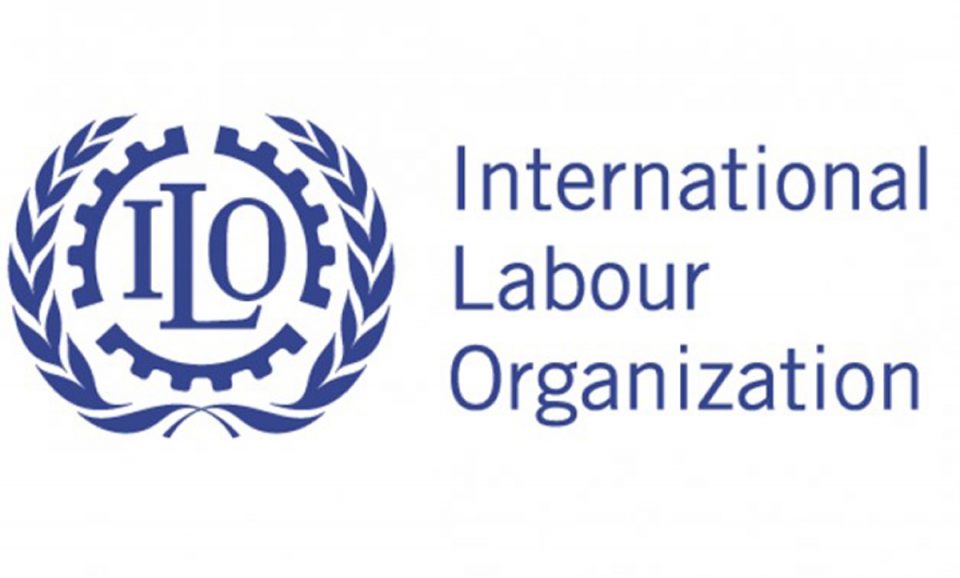The International Labour Organization (ILO) has forecasted that two million workers could lose their jobs this year, with the global unemployment rate expected to rise from 5.1 per cent in 2023 to 5.2 per cent.
In its latest report titled “World Employment and Social Outlook: Trends 2024,” the ILO acknowledged that joblessness and the jobs gap had fallen below pre-pandemic levels. However, it expressed concerns over growing inequalities and stagnant productivity, attributing them as causes for the projected increase in global unemployment in 2024.
Despite the decline in the global unemployment rate for three consecutive years, dropping from 6.9 per cent in 2019 to 5.1 per cent in 2023, the report stressed surprising resilience in labour markets amid deteriorating economic conditions.
It noted that the recovery from the pandemic remained uneven, with new vulnerabilities and multiple crises impacting prospects for greater social justice.
“The 2023 global unemployment rate stood at 5.1 per cent, a modest improvement from 2022 when it stood at 5.3 per cent. The global jobs gap and labour market participation rates also improved in 2023,” the report said.
The report further revealed that working poverty was likely to persist, with the number of workers living in extreme poverty increasing by about 1 million in 2023. The number of workers living in moderate poverty also rose by 8.4 million in the same year. The ILO projected a worsening labour market outlook and global unemployment, noting a decline in disposable incomes in most G20 countries and an erosion of living standards due to inflation.
Important disparities were highlighted between higher and lower-income countries, with higher-income countries experiencing a jobs gap rate of 8.2 per cent in 2023, compared to 20.5 per cent in low-income countries. Similarly, the unemployment rate in high-income countries was 4.5 per cent in 2023, contrasting with 5.7 per cent in low-income countries.
The report indicated that rates of informal work were expected to remain static, accounting for around 58 per cent of the global workforce in 2024.
The Director-General of the ILO, Gilbert Houngbo, said, “This report looks behind the headline labour market figures and what it reveals must give great cause for concern. It is starting to look as if these imbalances are not simply part of pandemic recovery but structural.”
“The workforce challenges it detects pose a threat to both individual livelihoods and businesses and it is essential that we tackle them effectively and fast.
“Falling living standards and weak productivity combined with persistent inflation create the conditions for greater inequality and undermine efforts to achieve social justice. And without greater social justice we will never have a sustainable recovery.”



